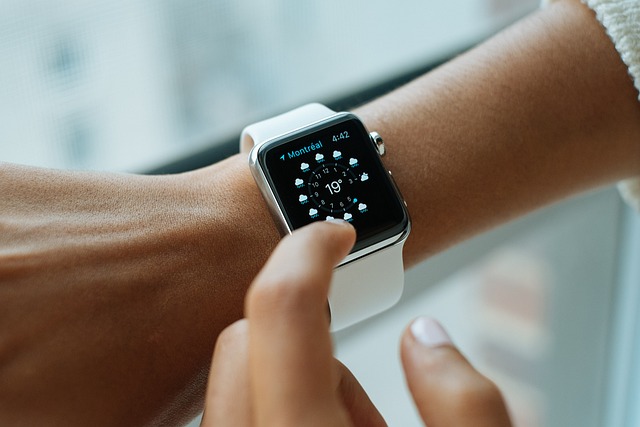In our increasingly connected world, the juxtaposition of technology and humanity presents a unique challenge. The rise of digital devices has made life easier in many ways, but it also poses questions about our relationship with technology. As we immerse ourselves in the digital realm, the importance of screen time reduction becomes clearer, prompting many to seek a digital detox to restore balance in their lives.
A digital detox isn’t just a trendy term; it’s a personal journey towards reclaiming mental clarity and emotional well-being. Every ping, notification, and alert diverts our attention, often leading to feelings of anxiety and disconnection from the world around us. When was the last time you truly engaged in a moment without your phone in hand or distractions from the screen? Making a conscious effort to engage in screen time reduction can transform not only your day-to-day experience but also your overall quality of life.
Technology can feel like an indispensable ally, making tasks easier and connecting us to others. Yet, when overused, it can morph into a barrier, separating us from face-to-face interactions and nurturing relationships. The incessant need to check emails, scroll through social media, or binge-watch shows prevents us from experiencing the joys of genuine human connection. By embarking on a digital detox, we can immerse ourselves in the richness of being present in our own lives, away from the glow of our screens.
Balance is key. Embracing technology while also recognizing its potential drain on mental health is essential. Instead of letting screens take precedence, we can focus on activities that rejuvenate our spirit, such as reading a book, going for a walk, or enjoying a meal with loved ones. This shift toward mindful engagement not only fosters personal growth but also strengthens the tapestry of relationships that bind us.
Taking small steps toward screen time reduction can lead to significant changes. Consider designating specific times during the day when technology is off-limits. Utilize apps that track your screen time usage—these tools can reveal startling truths about how much time we actually spend in front of screens. Then, challenge yourself to fill that time with fulfilling, offline activities that nurture creativity and connection.
Moreover, engaging in community activities or hobbies can be a catalyst for enhancing well-being. Whether it’s joining a sports league, volunteering, or exploring local art galleries, getting out into the world reduces our dependency on screens while reinforcing our connection to a vibrant community. The battle between technology and humanity doesn’t have to end in defeat. We can harness the strengths of both, using technology as a tool while also prioritizing real-world connections.
Ultimately, navigating this journey of screen time reduction requires intention and awareness. By recognizing our patterns and making a deliberate choice to engage both with technology and the world around us, we can strike a balance that enriches our lives. Embracing a digital detox can usher in a newfound appreciation for the present, nurturing both our personal well-being and the connections that make life truly meaningful.




